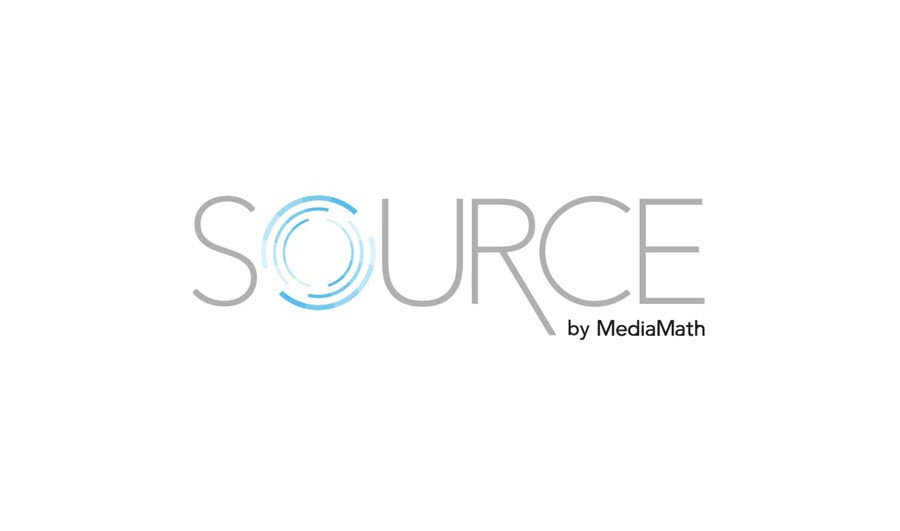MediaMath’s Source Scorecard Grades SSPs on Transparency
Data on fees and matching gives industry roadmap to providing added value

Ad tech company MediaMath, which has been developing Source, a supply chain designed to make programmatic buying more transparent, is launching the Source Ecosystem Scorecard to help steer the industry toward higher levels of accountability, addressability and alignment.
The Scorecard provides supply-side platforms with feedback to gauge their progress towards making advertisers comfortable that they’re getting what they think they’re buying. And it lets advertisers and media buyers know which suppliers match up best with what they’re looking for in the marketplace.
“With Source, we set out to address some of the biggest issues facing the industry – to create an environment that is accountable and addressable, and to align the interests of brands, agencies, publishers and technology providers,” said MediaMath founder and CEO Joe Zawadzki. “The Source Ecosystem Scorecard continues to make good on that promise and is truly a Holy Grail for the industry – a configurable setting that provides brands and agencies with unparalleled transparency and control, giving them confidence to direct their investments based on their express priorities across all digital channels.”
Source works with 82 supply side platforms, which handle tens of thousands of publishers whose ads generate billions of impressions on a daily basis. The Scorecard grades the SSPs on a 10 point scale for three aspects each of accountability, addressability and alignment.
The accountability signals ensure that buyers know how inventory is acquired, who’s involved along the way, and what fees are incurred at each step. The addressability criteria are fraud & invalid traffic, identity quality and unique channel identifiers. Alignment is judged by bid feedback, algorithmic data sharing and impression counting methods.
“As a global media agency, we’re always looking for the best route to valuable supply and help our clients fulfill their marketing goals,” said Kevin Donker, product lead programmatic for OMD. “Like MediaMath, OMD believes in a fully accountable supply chain, therefore we’re constantly vetting our partners by a number of criteria so to prevent any opaque practices down the line. The Source Ecosystem Scorecard provides valuable insights and therefore helps us to maximize working media for our clients and ensure a greater return on their investments.”
In the first of what is expected to be a series of monthly reports, only two of the SPPs scored over a seven, said Jeremy Steinberg, global head of ecosystem, MediaMath.
The smarter way to stay on top of broadcasting and cable industry. Sign up below
“We see that as a good thing because the scorecard is meant to be a roadmap for MediaMath and our partners to transform programmatic buying and create the ecosystem that advertisers have been looking for,” Steinberg said.
Until now, those SSPs had no idea where they stacked up against the rest of the industry, he said.
“Now everyone has the same roadmap and real clarity on what they need to do that’s going to drive more value to our joint customers,” Steinberg said.
Have those SSPs complained about low grades? “It’s human nature to want to have the highest score,” Steinberg adding, “I’ve actually had SSPs who had a low score say to me directly ‘thank you, because now we know what we have to do.”
Already, the increased transparency created by Source has reduced supply chain costs, Steinberg said. One retail client effectively had 40% more of their budget going to media because it was able to better identify and reduce the costs it was incurring as it moved along the supply chain.
“The buy-side deserves an independent, transparent and efficient path to audiences across every channel and format. That’s why we were the first sell-side platform to join SOURCE last year,” said Adam Soroca, head of global buyer team at Magnite. "Now, the launch of the Source Ecosystem Scorecard is pushing the industry forward toward a brighter future, enabling an accountable, addressable and scalable digital supply chain.”
Zawadzki added that the top grade would be the idealized version of the supply chain, and that might turn out to be a moving target that few, if any, are able to hit.
“Today expectations for transparency might center on fees and economics. Tomorrow it might be around auction mechanics, such how the algorithms inside of the systems themselves are exposed to third party scrutiny,” Zawadzki said. “This is really focused around delivering measurable value and empowering advertisers to make better informed decisions”
Looking ahead, Zawadzki said MediaMath plans to roll out the scorecard it is using in the U.S. to the rest of the world. The company also has to make adjustments for some media--digital out of home and digital audio, in particular--to account for differences between them and video media. Finally it wants to provide clients tools to reshape their own supply chains to make them better fits for their own advertiser clients’ goals.
Jon has been business editor of Broadcasting+Cable since 2010. He focuses on revenue-generating activities, including advertising and distribution, as well as executive intrigue and merger and acquisition activity. Just about any story is fair game, if a dollar sign can make its way into the article. Before B+C, Jon covered the industry for TVWeek, Cable World, Electronic Media, Advertising Age and The New York Post. A native New Yorker, Jon is hiding in plain sight in the suburbs of Chicago.

